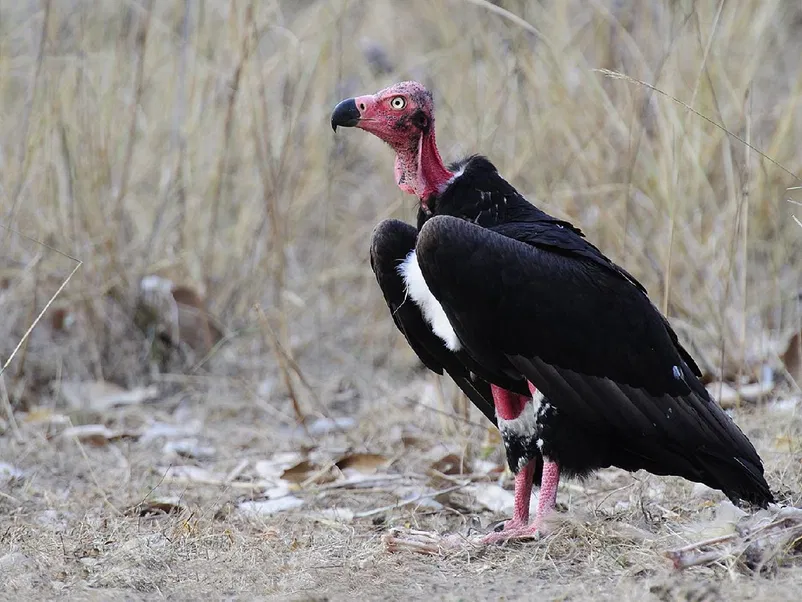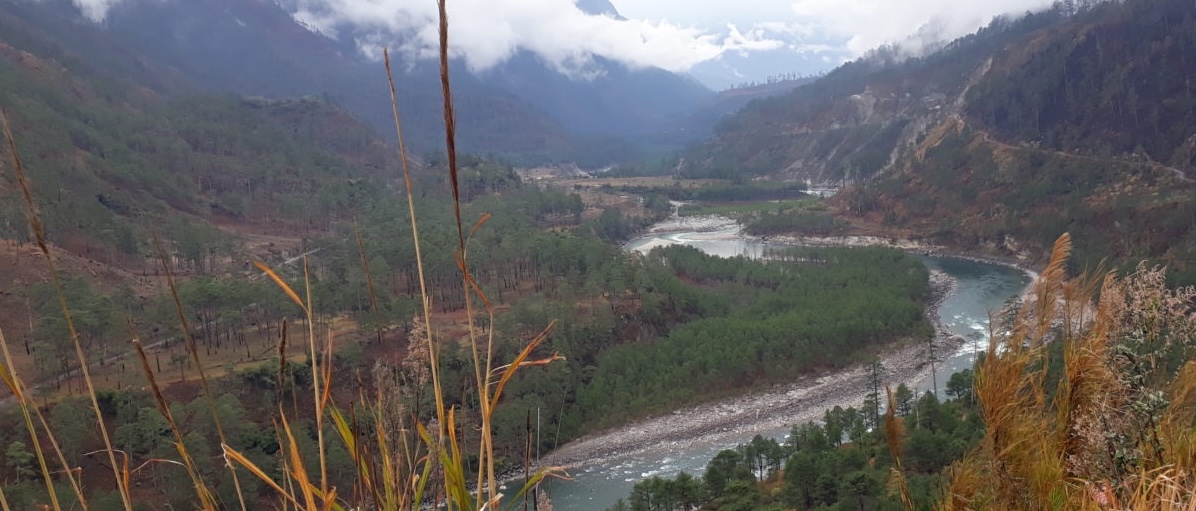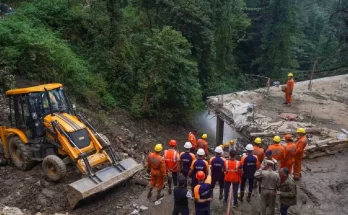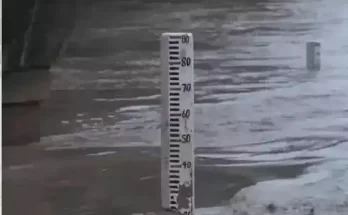With the bird population stabilising, the Bombay Natural History Society’s decision to release 500 critically endangered birds sparks a spate of resignations.

Representational Image
New Delhi: After a 20-year-long conservation drive, the Bombay Natural History Society (BNHS) plans to release almost 500 birds into the wild over the next 12 months.
India’s vulture population has stabilised with about 30,000 birds in the wild. So, there is no need to continue breeding of vultures at conservation breeding centres, say experts.
“The release of vultures will be done in a scientific manner. Our scientists will identify suitable birds and the number to be released at a given time. Earlier, we released 25 birds and their survival is almost 85%, which is a very good rate,” Kishore Rithe, Secretary, BNHS, told News9 Plus.
India’s oldest conservation NGO, set up in 1883, BNHS has eight facilities across India that carry out conservation breeding of the 750-odd vultures of four species across these centres. The four species are White-rumped vultures, Long-billed vultures, Oriental white-backed vulture and Slender billed vulture. 50 birds of each species will be retained. The rest will be released as per the IUCN protocol for captive birds.
Till 1980, there were 40 million White-rumped vultures and Long-billed vultures in India. By 2007, almost 99% of vultures had disappeared, including 99% of White-rumped vultures. The phenomenon was first quantified at Rajasthan’s Keoladeo National Park. Between 1985-86 and 1996-97, the population of the Oriental white-backed vulture there also declined by about 97%. By 2003, the colony was extinct, BNHS records show.
It is perhaps the largest set of vultures – classified as critically endangered by the International Union for Conservation of Nature (IUCN) – to be released into the wild over one year or more since the Vulture Conservation Breeding programme began in 2004-05.
In 2000, the IUCN made a grim declaration: “The Indian vulture is one step away from total extinction”.
The main culprit was found to be a drug named diclofenac, a non-steroidal anti-inflammatory drug (NSAID), used for treating livestock, especially cows. Vultures feeding on contaminated carcasses died after kidney damage.
Debi Goenka, who was the BNHS Secretary till March 31, narrated how the BNHS had adopted a two-pronged approach to conservation of the species: “One was raising captive population as insurance against the declining population in the wild, and second was an advocacy campaign against diclofenac. Over these decades, it seems we have met with a reasonable degree of success on both fronts. The vulture population is stabilising, and there are about 30,000 vultures in the wild. Diclofenac was banned for veterinary use in 2006 and we continue to monitor its usage. Therefore, there is no need to continue breeding.”
About the release plans, Rithe said, “We have released about 28 vultures already.”
Before they were released into the wild in October 2020, four of the eight Oriental White-backed vultures were fitted with satellite transmitters or PTT (Platform Transmitter Terminal) and the other four with GSM transmitters which work on mobile technology.
“None of the released birds died because of NSAID poisoning. Almost 85% of the birds have survived. So, we are prepared to increase this number now,” he added.
(Subhead) Series of resignations
Meanwhile, the decision has ruffled feathers at the premier conservation body. A series of resignations followed over the last two-three weeks, with quitting members linking it to a “terrible fund crunch” and staff removal.
Officials have maintained that the BNHS indeed has “financial issues”, but the decision to release the birds was not prompted by it.
President Bittu Sahgal, one of the vice presidents, and director Dr Bivash Pandav are among those who resigned. Praveen Pardeshi has taken charge as the new BNHS chief.
One of the members who have resigned told News9 Plus on condition of anonymity that the vultures are “young and not ready for the wild”.
Another member emphasised that the BNHS will be destroyed unless drastic action is taken to restore fund flow.
Dr Pandav told News9 Plus that his deputation at BNHS ended on March 31 as his parent organisation, the Wildlife Institute of India (WII), asked him to join at Dehradun immediately.
Denying that disagreement over the vulture agenda was the reason for Sahgal and the vice president’s resignation, Rithe said, “They have resigned due to personal reasons”.
Sahgal did not respond to News9 Plus’ queries despite repeated attempts.
“The BNHS spent Rs 4.5 crore from our corpus over two years on running these facilities. The vultures are the government’s property, BNHS is just the manager. The governing council has decided not to spend so much money now,” explained Goenka.
The BNHS has been collaborating with the Forest Departments of Haryana and West Bengal in the vulture conservation breeding programme at Pinjore and Rajabhatkhawa, respectively.
Between 2015-16 and 2022-23, the Ministry of Environment, Forest and Climate Change paid Rs 850.99 lakh to Haryana and Rs 712.33 lakh to West Bengal.
“However, the Ministry has not provided funds directly to BNHS. Instead, the funds have been released to the states,” said Environment Minister Bhupender Yadav.
Rithe claimed that even after some reimbursements, BNHS had a deficit of Rs 76.40 lakh in Haryana and Rs 180.30 lakh in West Bengal as on March 31, 2023.
(This story first appeared on news9live.com on Apr 12, 2023 and can be read here.)



